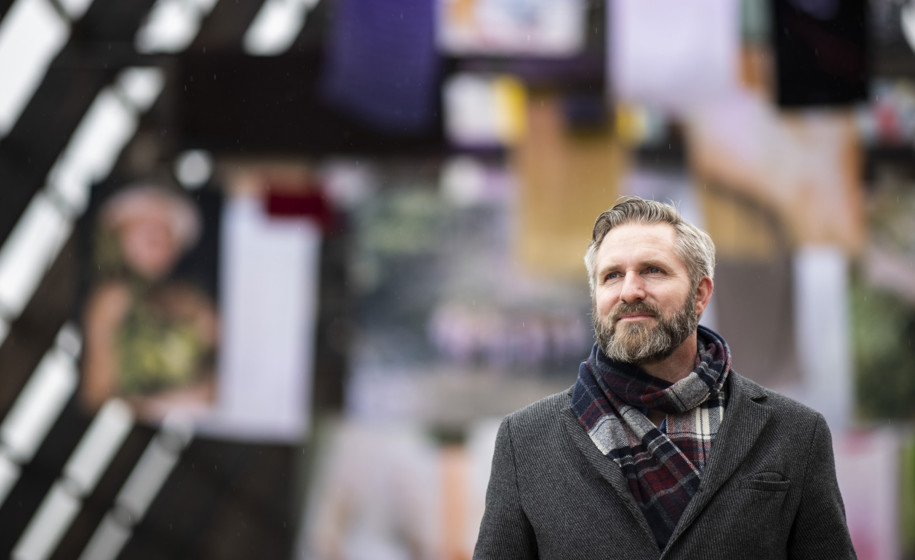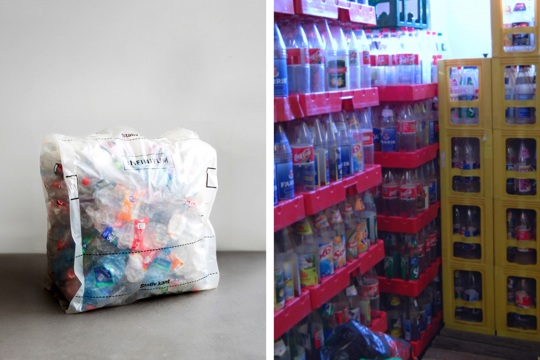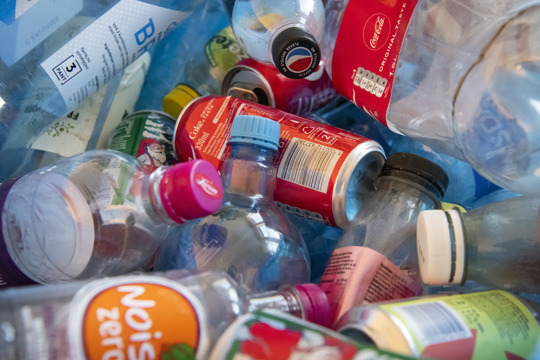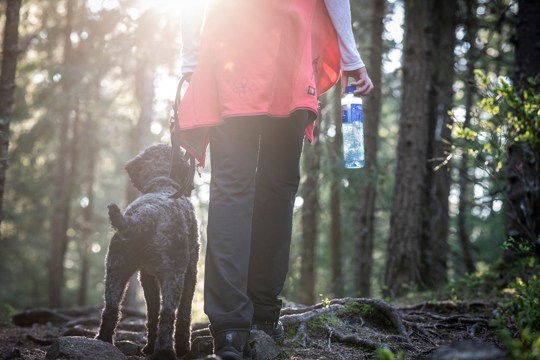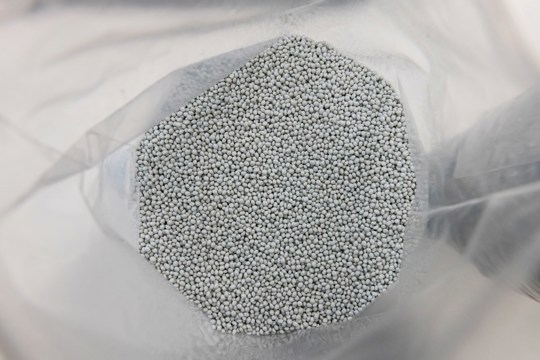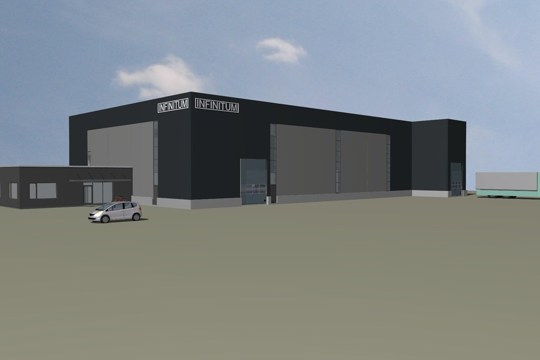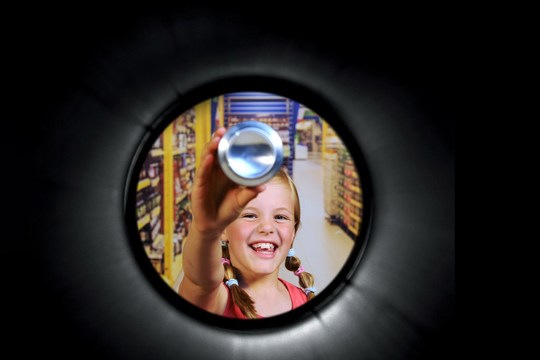“Plastic offers a number of environmental benefits thanks to its properties. Plastic packaging also provides excellent protection with minimal use of resources and materials. It is safe in contact with food and drink, and it significantly cuts energy and transport costs because of its low weight. It is also cheap, although that poses a challenge in itself. Plastic waste is currently undervalued,” says Thor Kamfjord, Director of Sustainable Development at research and consultancy firm Norner AS.
In 2017, Norwegian households and businesses used more than 200,000 tonnes of plastic packaging. Only just over 30 percent of it was recycled.
“After use the plastic has negative value for the consumer. We need to do something about that. For example, a brand new electric BMW i3 is packed full of recycled materials, including recycled plastic. We must tell consumers that plastic packaging has value – before, during and after use – and that we have an industry that can build new, good products from recycled plastic. That might make us more inclined to sort our waste,” Kamfjord says.
Extended environmental responsibilities
Norwegian environmental policy is based on the principle that the polluter pays, but Kamfjord brings up examples of it not being policed.
“You couldenvisage industries such as fisheries and tourism taking greater corporate responsibility. For instance, passengers on board cruise ships in exotic waters leave their rubbish behind on the islands they visit. These are islands without any form of waste disposal system, and we all know what ultimately happens to the plastic.”
“This is about human behavior, our conduct and our attitudes. Each and every one of us must take responsibility for the things we consume and what we leave behind. The best way to use less plastic and fewer resources is to say no thank you to the product in the first place. The climate and carbon footprint of the product is many times greater than the packaging. We must keep our shopping instinct in check and at least take responsibility for the consequences of our consumption. The littering and consumption problems we are seeing today will only increase unless we act now,” Kamfjord concludes.
Global plastic use set to increase
Plastic consumption in our part of the world stands at 130 kg per person per year. A person living in Asia and Africa uses less than 40 kg per year.
“In Norway we can certainly use less plastic, but global plastic consumption will increase in the future,” Kamfjord asserts. “Much of the increase will be due to improved standards of living. We must also protect our resources in a way that requires as little energy as possible. That makes plastic very important thanks to its recyclable properties. In-depth environmental and life cycle analyses show that the alternatives to plastic are often poorer alternatives. If there is one thing we need to avoid, it is further negative climate and environmental impacts.”
Kamfjord points out that the world is facing a number of major challenges. One is plastic pollution. Another is climate change. Climate change is the greater challenge of the two and, ironically, the sensible use of plastic can be part of the solution to the climate change challenge, he believes.
“We have a finite amount of resources to solve the problems we humans have created. It is therefore crucial that we focus our attention on the real problems and on solutions that can actually make a difference. Take microplastics, for example. The main source of microplastics is decomposing plastic in nature. The EU has reviewed existing research on microplastics and concluded that microplastics are not a significant threat to human health and the environment at present, but that they will become one if we continue to throw away plastic. The obvious solution would then be to stop littering and find renewable solutions to turn plastic into a resource to prevent it from going astray,” Kamfjord says.
Circular value creation
The circular economy for waste is also largely about value creation, and that is one of the reasons why the EU has pushed through its circular economy package in record time. One of the initiatives now being considered in order to meet the recycling targets is so-called eco-modulation, or eco-modulated fees. In short, eco-modulation is a pricing mechanism that sees recyclable and environmentally friendly materials attract lower fees or levies than materials which are less eco-friendly and less suited to recycling. Kamfjord believes that Infinitum’s proposal for the differentiated levy on plastic is right and in line with what is now happening in Europe.
“It will be more expensive to use virgin materials not designed for recycling. The challenge today is the cost difference between virgin and recycled plastic. We need to compensate for this difference in the market to ensure that the plastic enters a circular loop and is reused. This is a cost we need to shoulder in order to create a circular economy,” Kamfjord insists.
“Price and quality are the two factors currently preventing greater use of recycled materials. We have to create a closed circle, because that would solve the problem of inferior quality. PET bottles are in a unique position with their controlled material flow. Closing this circle is low-hanging fruit. Then it is just a matter of price. We have to ensure that failing to be sustainable comes at an economic cost by changing the competitive relationship between virgin and recycled plastic just as Infinitum has suggested,” says Kamfjord.

